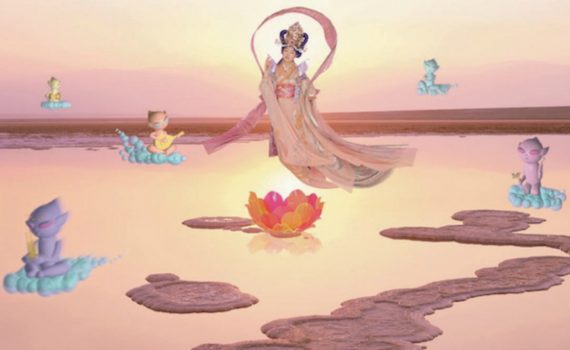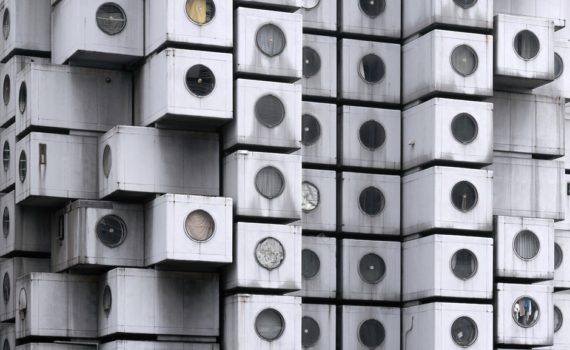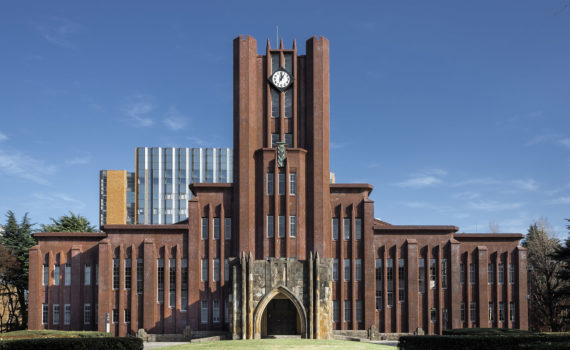From colonialism to radicalized nationalism to the watershed changes of the postwar period, Japan saw drastic shifts in political direction and ongoing tensions between historical patterns and social reforms throughout the 20th century. The Great Kantō earthquake of 1923 and the atomic bombings of Hiroshima and Nagasaki of 1945 had long-lasting effects on all aspects of life in Japan, including art and culture. The visual arts developed bold new forms of expression, in relation to tradition, the trauma of contemporaneous events, western sources, and all the modern artistic styles and movements.
1912–present




